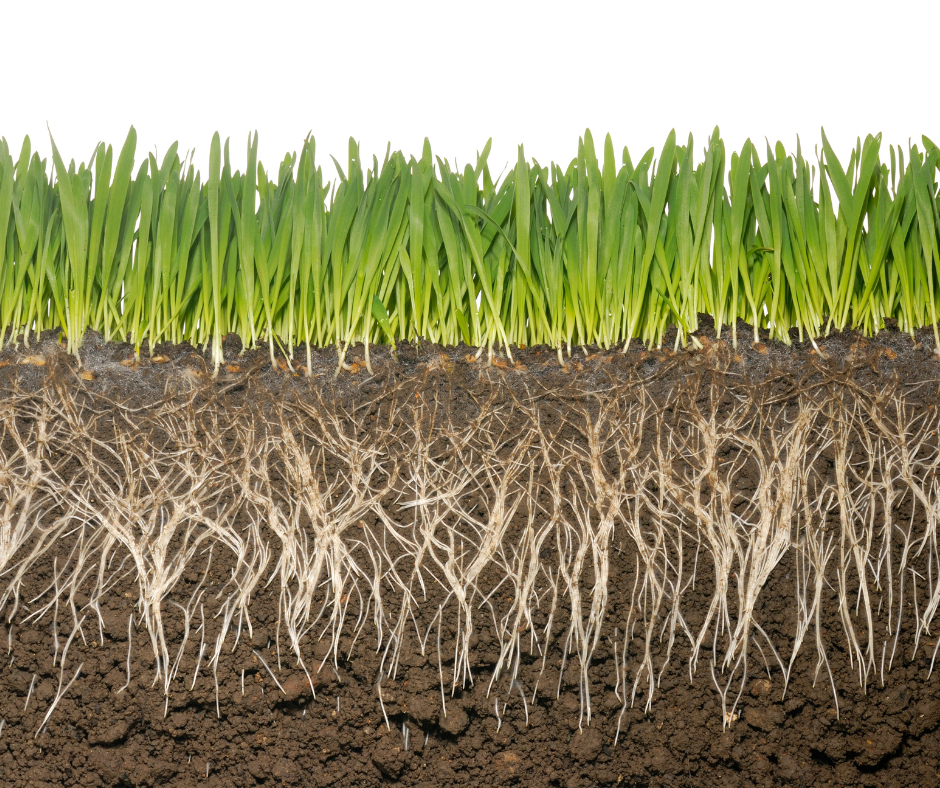Here in the Camas, Washougal, and Vancouver, Washington area, we tend to love the outdoors and nature in general. Our lawns are no exception. In order to better understand our lawns, we thought it may be helpful to delve into what, primarily, makes up our lawns: Grass. And what better way to understand grass than to understand grass root systems.
Like all plants, grasses, obviously, have roots. Roots have many functions, such as anchoring the plant to the soil, serving to absorb water and nutrients, as well as acting as a storage point for those nutrients. The health of your grass depends not only on the efficacy of its ability to store and send these nutrients but also the types of nutrients that are available to it. That is why fertilizing and watering your lawn is of such importance. Long before grass sprouts to the surface, roots develop deep into the ground to enable the grass to grow. Roots act as a foundation to the grass and are established well before the actual shoot has emerged from the ground.
There are two root systems that exist for grasses: the primary (seminal) roots and the secondary (adventitious) roots. The seminal roots are the initial roots that sprout during germination. The adventitious roots develop from the crown of the plant and begin forming when the plant sprouts from the ground and its first leaf appears. Seminal roots, essentially, act to establish the plant within the ground, and often die back the first year after planting. Adventitious roots often function throughout the life of the plant and serve as the plants long term lifeline.
Water is absorbed through tiny hairs that grow on the root. Nutrients are absorbed through the plant’s ability to respirate or pull in oxygen. A lawn that is highly compacted has trouble pulling in nutrients from the soil. This is why ensuring proper aeration as well as dethatching are important to any lawn.
There are two types of grass rooting systems: Annual and perennial. These terms refer to how often a grass root system is replaced. For instance, an annual root system, like bermudagrass, replaces its roots every year. Whereas a perennial root system, like Kentucky bluegrass, has roots that remain for over a year before being replaced.
Grass roots require much care to establish a lawn that is lush and healthy. Urban Eden Landscaping would love to help you get your lawn looking its best! Contact us today or fill out our FREE estimate request form online.

